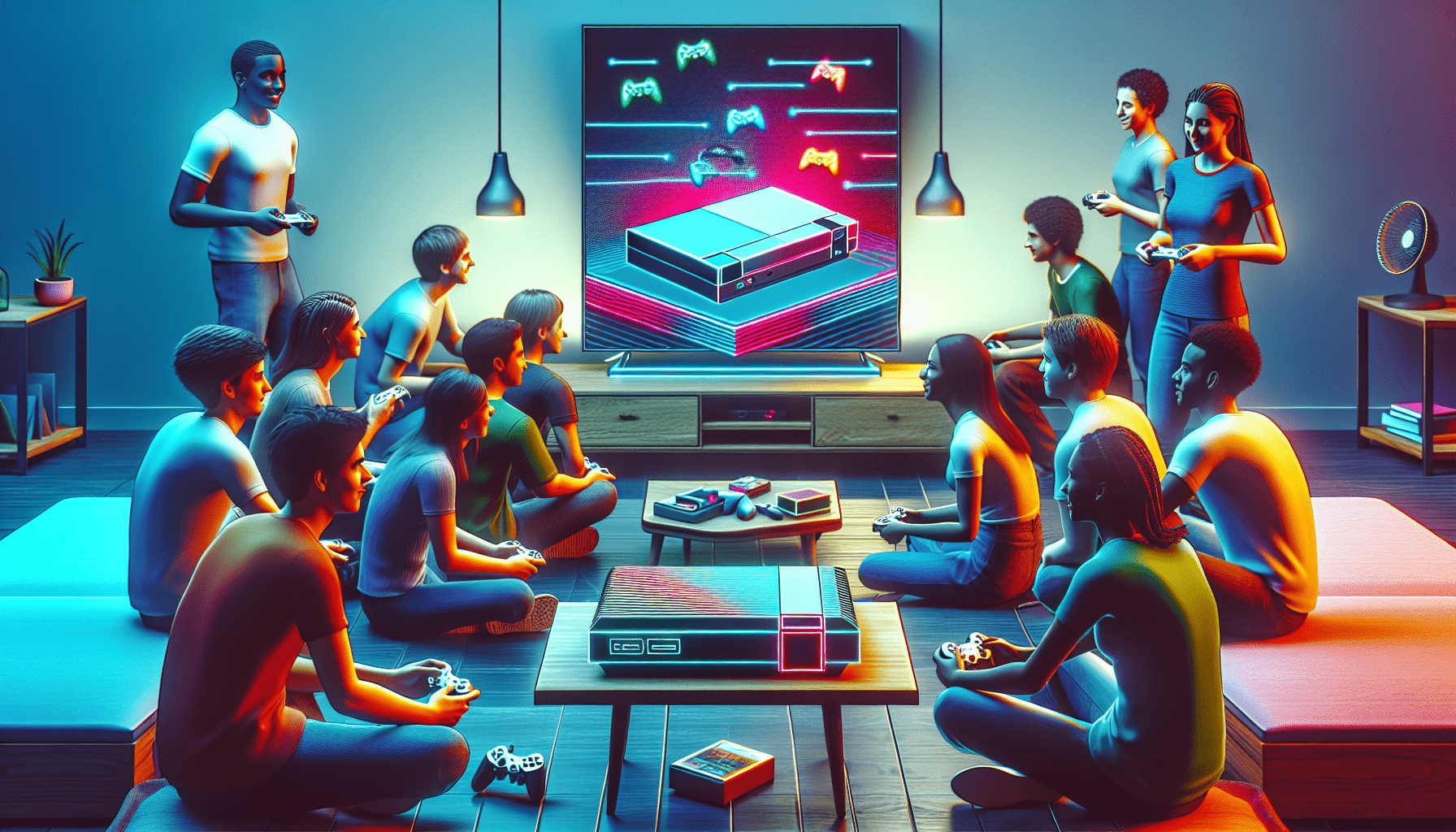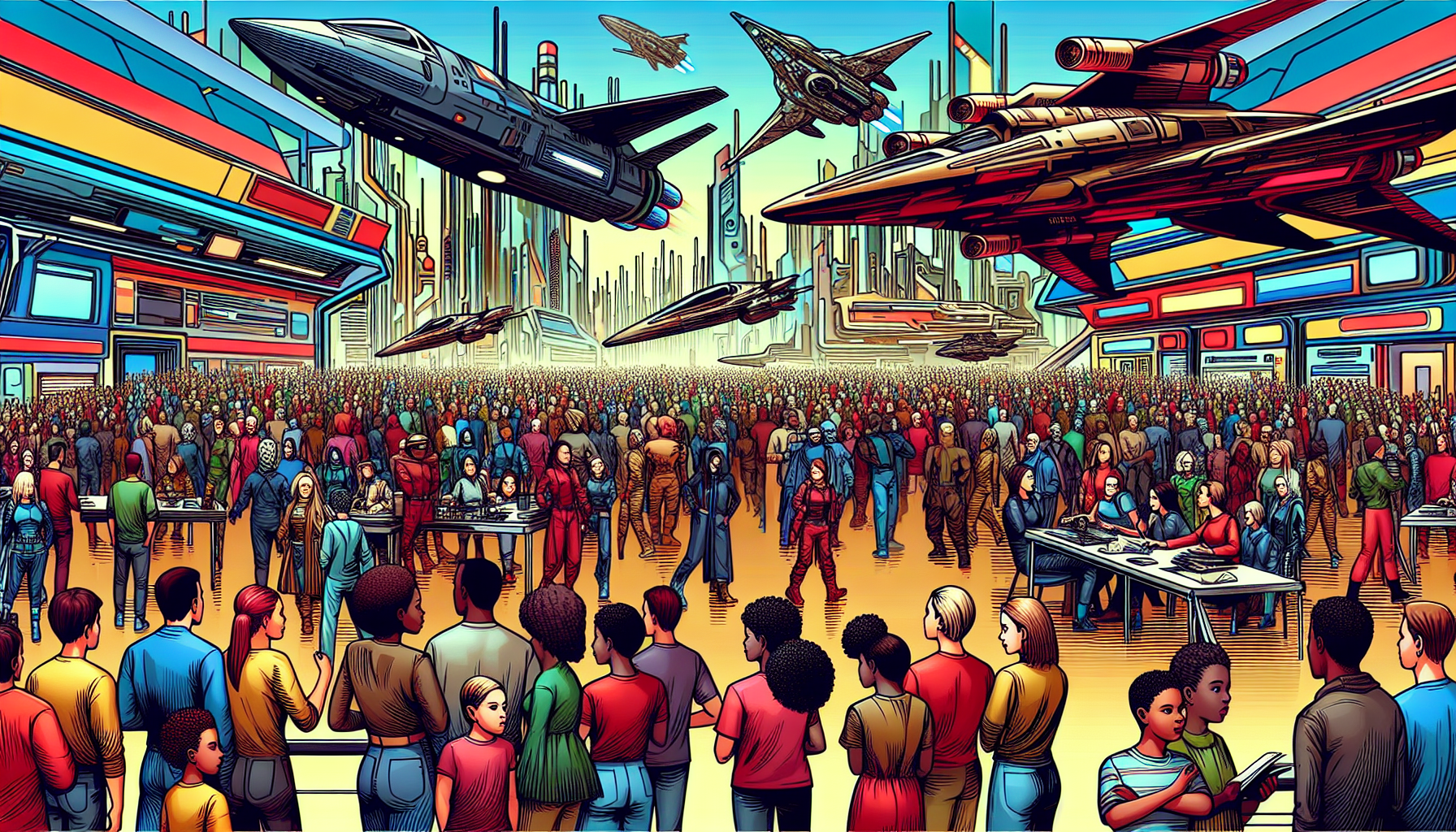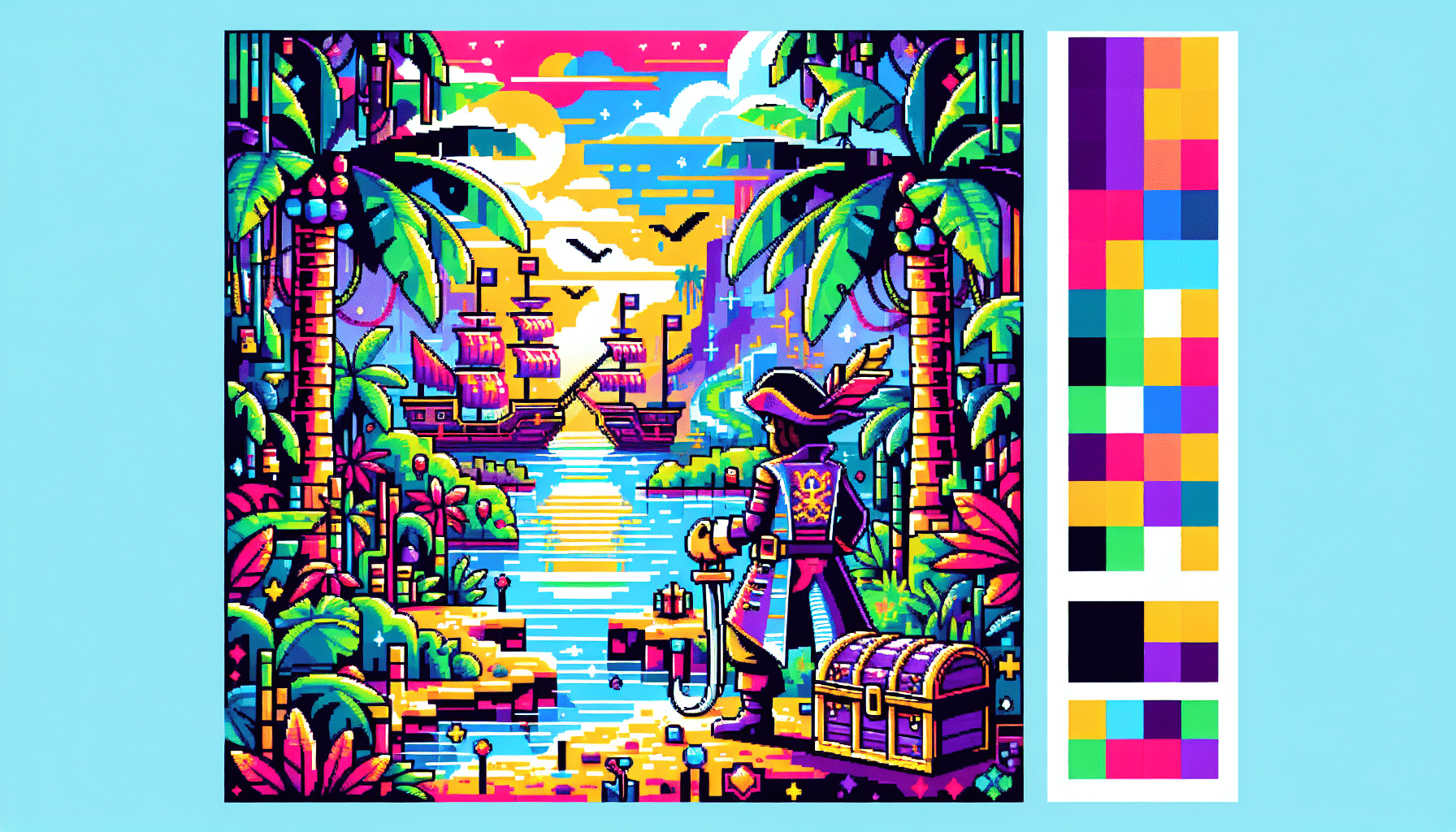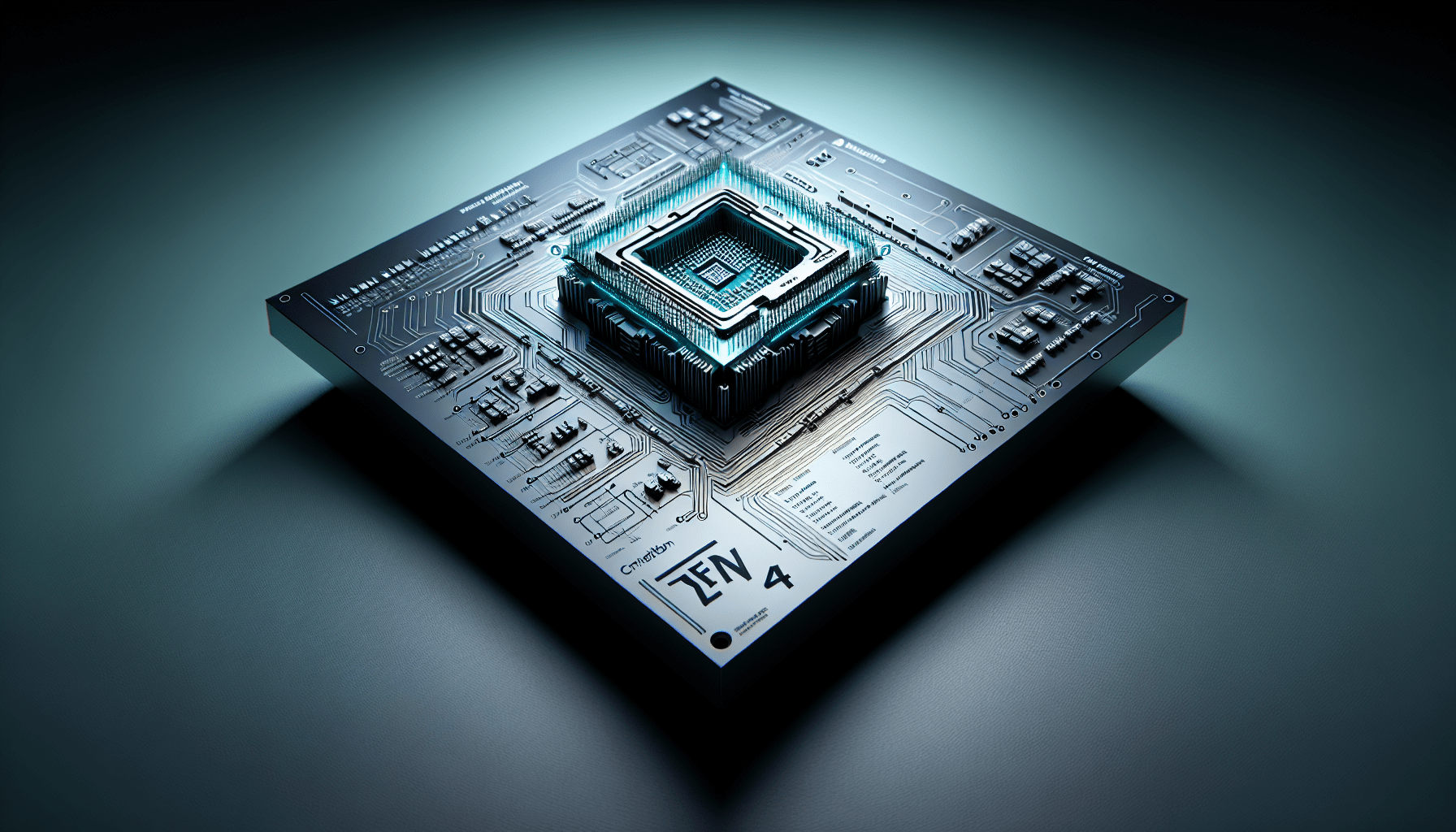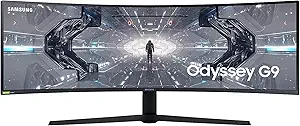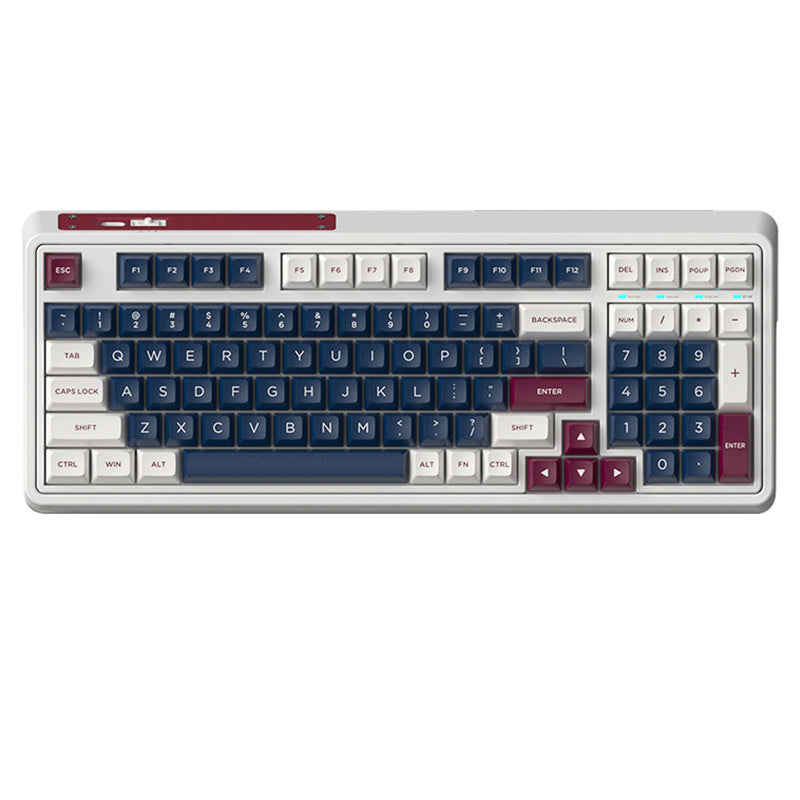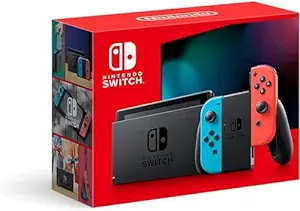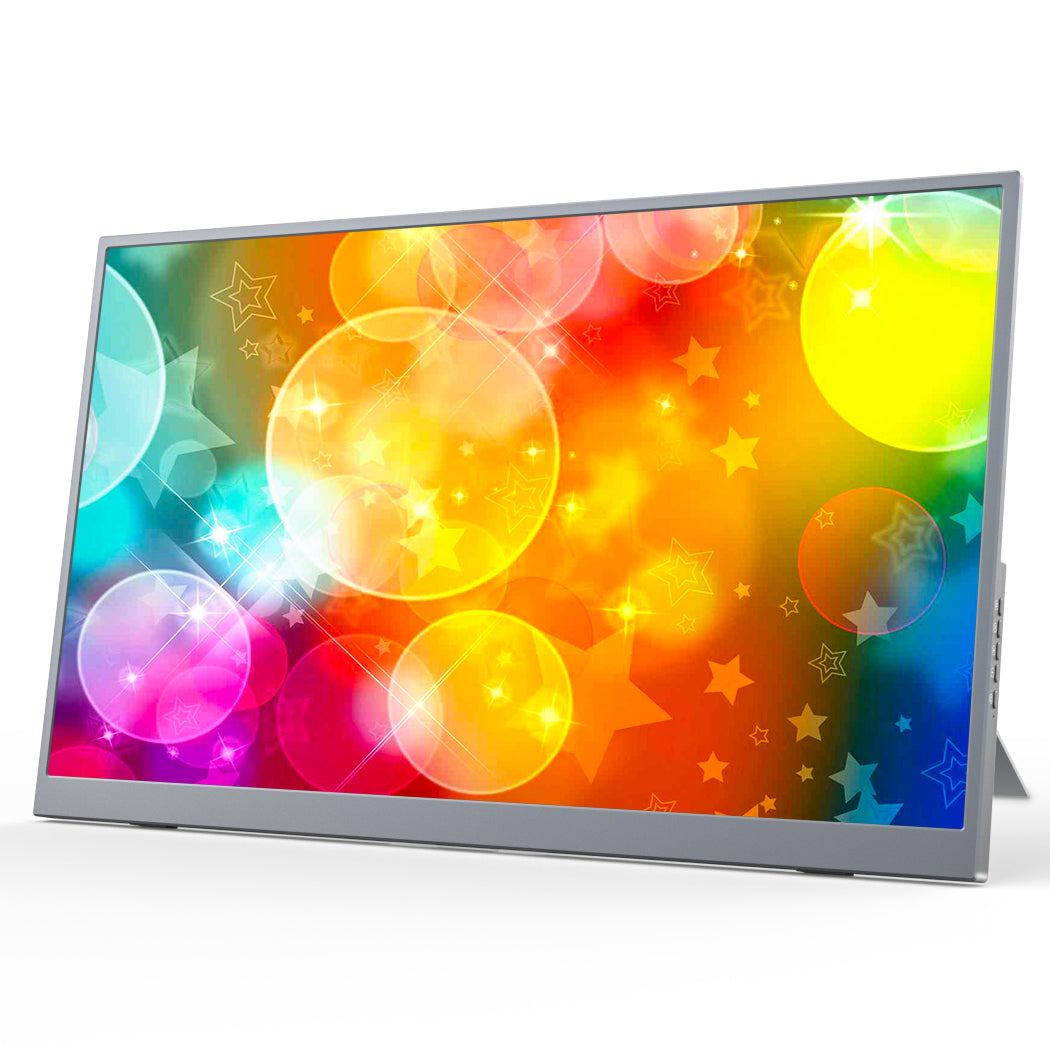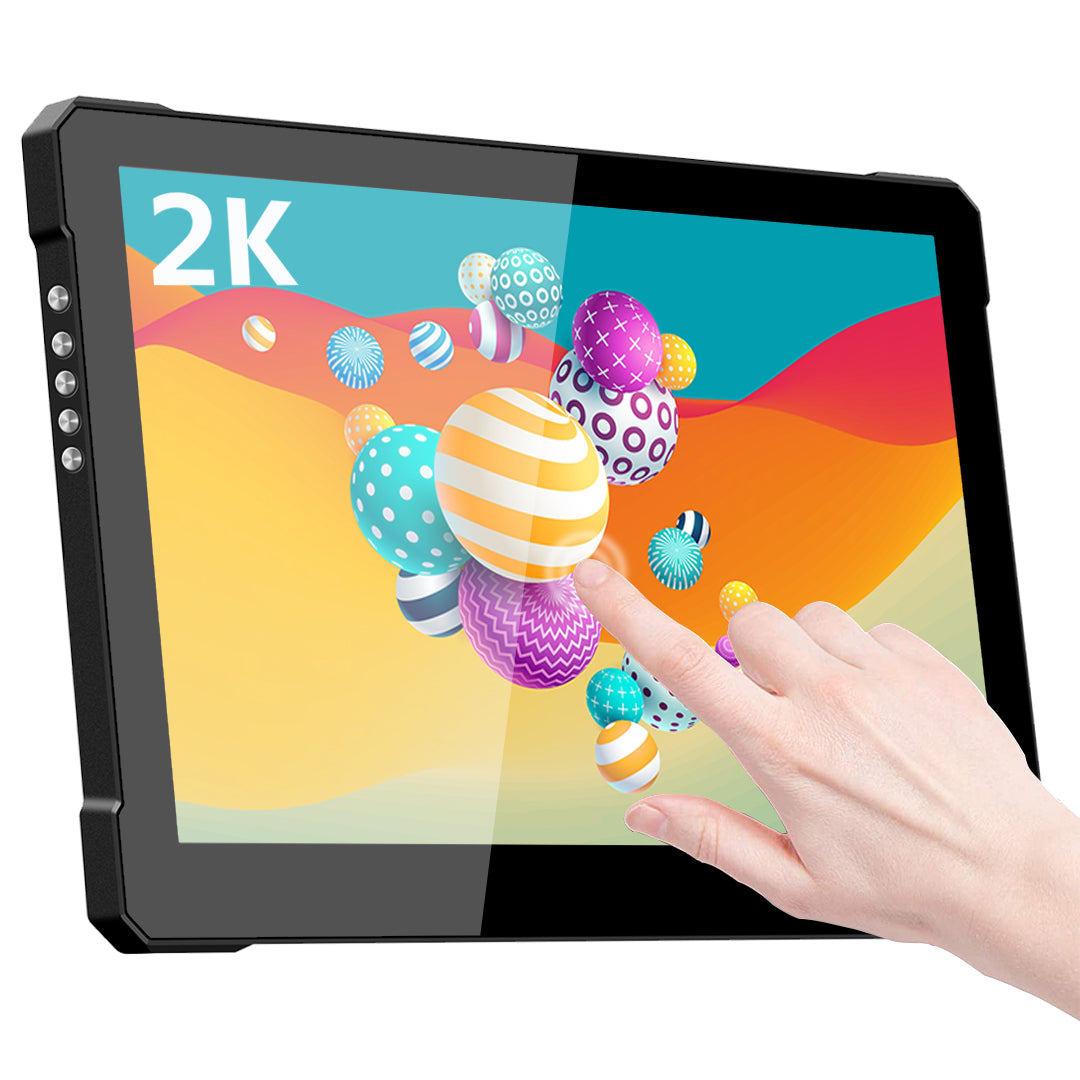How the Nintendo Switch 2’s Backwards Compatibility Shapes Game Development
The Nintendo Switch has carved out a unique position in the gaming world, blending home and portable gaming in a way that has captured the hearts of millions. As we look ahead to the upcoming Nintendo Switch 2, upgraded graphics and capabilities are only part of the equation; confirmed backwards compatibility could redefine our gaming experience.
Understanding Backwards Compatibility
Backwards compatibility allows players to enjoy games from older systems on new hardware. This feature is essential because it safeguards the emotional connections players have to their existing game libraries. Nintendo’s previous consoles had varying degrees of this feature, with some, like the Wii, allowing players to relive old favorites while others saw mixed success.
Nintendo’s Groundbreaking Announcement
Nintendo President Shuntaro Furukawa has confirmed the exciting news: “Nintendo Switch software will also be playable on the successor to Nintendo Switch.” This statement means that owners of the existing Switch will seamlessly transition into the new console, preserving their game libraries. Even the Nintendo Switch Online capabilities will carry over, making this an even sweeter deal for gamers who have invested countless hours into their favorite titles.
The Impact on Game Development
Retaining the User Base
For developers, the importance of a backwards-compatible system cannot be overstated. By ensuring that current titles are playable on the Switch 2, Nintendo is fostering customer retention. Players are more likely to stick around when they know their existing game libraries won’t vanish into the ether with new hardware.
Encouragement for Developers
This opens many doors for developers who can now enhance or re-release existing titles without needing to create entirely new versions from scratch. Imagine exploring a more polished rendition of a game you love, all thanks to the hardware upgrades. Discussions on platforms like Reddit reveal a clear community expectation: gamers want their favorite titles not only to persist but to thrive in new iterations.
Design Considerations and Challenges
However, this transition isn’t without its challenges. Developers must consider design adjustments to ensure games perform consistently across both hardware generations. The key is maintaining performance while evolving the gaming experience. Balancing nostalgia with innovation could prove tricky, but it’s a challenge that many dedicated developers are eager to tackle.
Broader Impact on the Gaming Community
Backwards compatibility also has profound implications for the gaming community. With the Switch 2, we may witness a revival of dormant games and franchises that many gamers have longed to relive. This feature can also fuel discussions about nostalgia, connecting players through shared experiences with legacy titles.
Online platforms will play a vital role in sharing experiences and expectations, as well as excitement for games reborn through the Switch 2. The promise of playing beloved classics on a new system is a topic that has piqued interest across social media platforms and forums.
The Bigger Picture
This confirmation from Nintendo is a beacon of hope for both consumers and developers. The implications for the future of gaming, especially within the Nintendo ecosystem, are vast. We’re stepping into a new era where the past can inform the future, and innovation can coexist with nostalgia. As we venture further into this evolving landscape, the possibilities are exciting. Will you join me in pondering how many more forgotten gems may resurface thanks to this thoughtful design choice?

